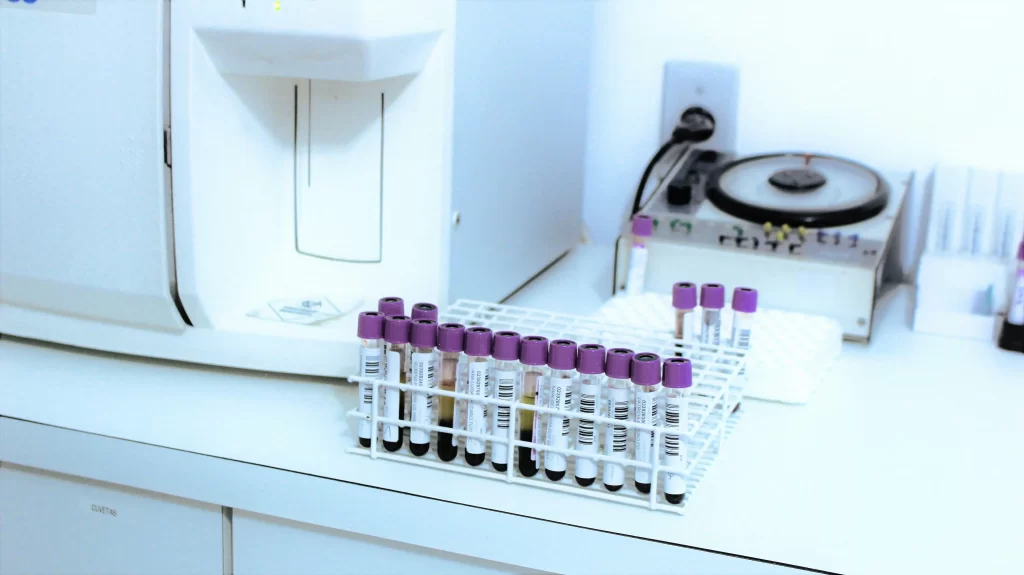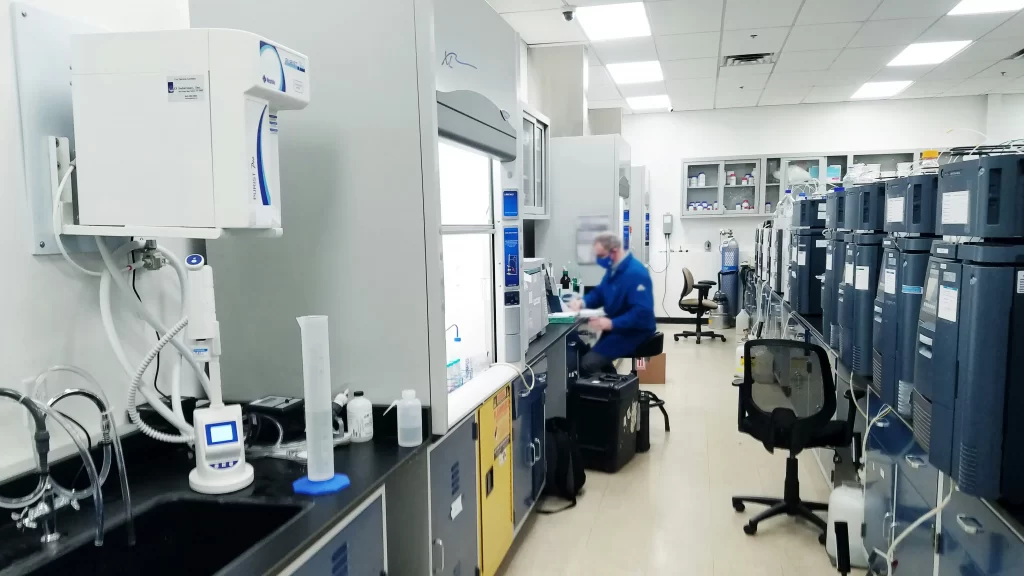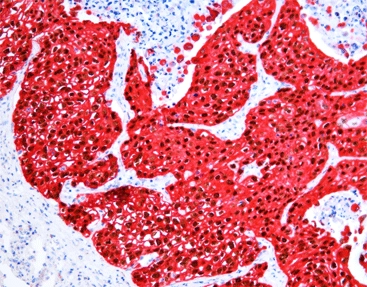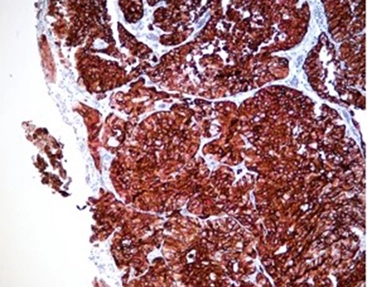Multiplex Immunohistochemistry vs. Traditional IHC: What’s the Difference?
 2025-05-15
2025-05-15
By admin

Immunohistochemistry (IHC) has long been a vital tool in pathology. It helps scientists and doctors see specific proteins in tissue samples. Now, Multiplex Immunohistochemistry (mIHC) has changed the game. It can detect many proteins on one tissue slice at once. This blog explores how mIHC compares to traditional IHC, focusing on how special technology improves accuracy and clarity for researchers and doctors. Whether you study tumors or improve lab processes, knowing these methods is key to your success.
What is Immunohistochemistry?
Immunohistochemistry uses antibodies to find certain proteins in tissue samples. This helps diagnose diseases like cancer. By adding colored or glowing tags, IHC shows where proteins are under a microscope.
Traditional IHC: The Basics
Traditional IHC stains a tissue sample with one antibody to find one protein at a time. It’s easy and dependable for medical tests.
- Steps: An antibody sticks to a target protein. Then, a second antibody with a color or glow attaches to the first one. This makes the protein visible.
- Uses: It helps diagnose cancers, like finding HER2 in breast cancer, and identifies cell types.
- Drawbacks: It can only show one protein per sample. To see multiple proteins, you need many samples. This can use up valuable tissue.
Multiplex Immunohistochemistry: A Big Leap
Multiplex Immunohistochemistry lets you see many proteins on one tissue slice at the same time. It gives a fuller picture of complex systems, like tumor surroundings.
- Steps: It uses special methods, like glowing tags, to mark several proteins with different colors. This shows where proteins are together.
- Uses: It studies how immune cells work with tumors and their positions in research and medical tests.
- Benefits: It saves tissue, reduces differences between samples, and gives more information from one slice.
Key Differences Between Multiplex Immunohistochemistry and Traditional IHC

To see why mIHC is popular, let’s compare it to traditional IHC in important ways:
|
Feature |
Traditional IHC |
Multiplex Immunohistochemistry |
|
Protein Detection |
One protein per sample |
6–8 proteins on one sample |
|
Sample Use |
Needs many slices for multiple proteins |
One slice for many proteins |
|
Information Gained |
Shows only one protein’s details |
Detailed position and type information |
|
Clarity |
Fairly clear, based on color or glow |
Very clear, improved by special methods |
|
Uses |
Common medical tests |
Advanced studies, tumor environment analysis |
|
Difficulty |
Simpler process |
More complex, needs special tools |
Why Pick Multiplex Immunohistochemistry?
Multiplex Immunohistochemistry shines when you need to understand how multiple proteins interact and where they are. For example, in cancer studies, mIHC can show how immune cells, like CD8+ T-cells, relate to tumor cells with PD-L1. This complete view is crucial for:
- Drug Creation: Testing how new medicines work.
- Medical Tests: Sorting tumors by their molecules.
- Basic Studies: Exploring immune systems and tumor variety.
Traditional IHC is great for simple tests. But it can’t show as much detail. It often needs many samples, which risks running out of tissue.
Celnovte’s Special Technology: Boosting Multiplex Immunohistochemistry

The success of mIHC relies on advanced tools, like Celnovte’s unique method. It’s a system that makes signals stronger for better clarity. Here’s how it improves Multiplex Immunohistochemistry:
- Better Clarity: It uses enzymes and glowing tags to make strong, clear signals, even for rare proteins.
- Flexible Choices: You can use many antibodies from the same animal type. This makes planning experiments easier.
- Works with Machines: It fits with automatic staining machines for fast, reliable results, as seen in Celnovte’s automated IHC tools.
- Many Options: It supports kits with 2–7 colors, letting you see proteins like CD3, CD8, and PD-L1 in one go.
This system makes Celnovte’s multicolor IHC kits perfect for scientists who want clear, detailed views of complex tissue systems.
Uses of Multiplex Immunohistochemistry in Pathology

Multiplex Immunohistochemistry is changing pathology. It enables tasks that traditional IHC can’t do:
- Tumor Surroundings Study: See immune cell groups, like T-cells and macrophages, and their positions near tumor cells.
- Outcome Prediction: Check many proteins to guess if cancer will spread or how treatment will work.
- Drug Support Tests: Help clinical studies by choosing the right patients for new treatments.
- Saving Tissue: Vital for small samples, as shown in Celnovte’s double-color reagents.
These uses show mIHC’s role in improving precise medicine and studies.
About Celnovte: A Top Provider of Multiplex Immunohistochemistry Solutions
Started in 2010, Celnovte Biotech is a high-tech company focused on accurate tumor diagnostics. It has ISO9001, ISO13485, and EU CE-ID certifications. Celnovte leads in creating new Multiplex Immunohistochemistry tools. Its unique system and wide range of over 400 antibodies and multicolor kits help scientists and doctors get high-quality results. Celnovte’s focus on quality, new ideas, and service makes it a trusted partner for labs worldwide. It drives progress in cancer diagnostics and research.
FAQs About Multiplex Immunohistochemistry
What is Multiplex Immunohistochemistry?
Multiplex Immunohistochemistry is a modern method. It detects many proteins on one tissue slice using glowing colors. This offers deep insights into complex systems.
How is Multiplex Immunohistochemistry different from traditional IHC?
Traditional IHC shows one protein per sample. In contrast, Multiplex Immunohistochemistry can show 6–8 proteins at once. It saves tissue and gives more detailed position data.
When should I use Multiplex Immunohistochemistry?
Choose Multiplex Immunohistochemistry for complex studies, like immune cell actions in tumors. It’s also great when tissue is scarce, as it maximizes information from one slice.
Is Multiplex Immunohistochemistry good for medical tests?
Yes, Multiplex Immunohistochemistry is growing in medical use. It helps sort tumors by molecules and supports drug tests. However, it needs special tools and skills.
Start Improving Your Research Now
Are you ready to explore Multiplex Immunohistochemistry in your lab? Whether you study tumor surroundings or create drug tests, Celnovte’s advanced tools can lift your work. For tailored advice, reach out to our team today. Begin enhancing your pathology work now!
RELATED PRODUCTS






